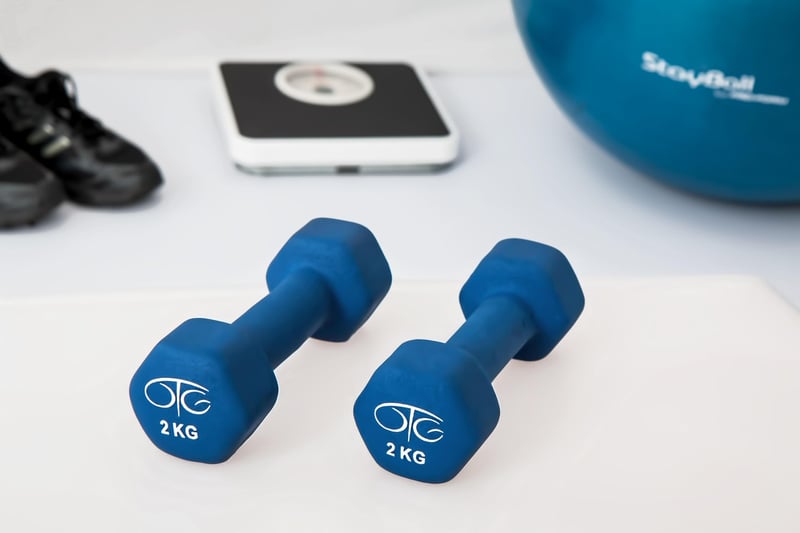Therapeutic Dancing
The Healing Power of Dance: Enhancing Emotional and Physical Well-being
Dance has been used for centuries as a form of expression, celebration, and communication. Beyond its artistic value, dance can also have a profound impact on our emotional and physical well-being. Whether you're a seasoned dancer or someone looking to explore the benefits of movement, incorporating dance into your routine can bring about a host of positive effects.
Emotional Benefits of Dance
Dancing is not just about moving your body; it's also about connecting with your emotions. Here are some emotional benefits of dance:
- Stress Relief: Dancing can help release tension and reduce stress levels, allowing you to unwind and relax.
- Improves Mood: The act of dancing releases endorphins, the body's feel-good hormones, which can boost your mood and overall sense of well-being.
- Self-Expression: Dance provides a creative outlet for self-expression, allowing you to convey emotions that may be challenging to express verbally.
- Increased Confidence: Mastering new dance moves and routines can boost self-esteem and confidence levels.
Physical Benefits of Dance
Engaging in dance can also have numerous physical benefits, contributing to your overall health and well-being:
- Cardiovascular Fitness: Dance is a great cardiovascular exercise that can improve heart health and endurance.
- Strength and Flexibility: Different dance styles help enhance muscle strength and flexibility, promoting better posture and range of motion.
- Weight Management: Regular dance sessions can aid in weight loss and weight management by burning calories and increasing metabolism.
- Coordination and Balance: Dancing requires coordination and balance, which can help improve motor skills and reduce the risk of falls, especially in older adults.
Therapeutic Dancing
Therapeutic dancing is a specialized form of dance that focuses on the emotional and physical well-being of individuals. It is often used as a complementary therapy to address various health concerns, including:
- PTSD and Trauma: Dance therapy can help individuals process trauma and manage symptoms of post-traumatic stress disorder (PTSD).
- Depression and Anxiety: Engaging in dance can alleviate symptoms of depression and anxiety by promoting relaxation and improving mood.
- Chronic Pain: Dance therapy techniques can help manage chronic pain conditions by promoting relaxation and reducing muscle tension.
- Alzheimer's and Dementia: Dance has been shown to improve cognitive function and memory in individuals with Alzheimer's and dementia.
Whether you're looking to dance for fun, fitness, or therapy, incorporating dance into your routine can have a transformative impact on your emotional and physical well-being. So put on your favorite music, let go of inhibitions, and dance your way to a healthier, happier you!

Explore the world of dance and unlock its healing power today!
